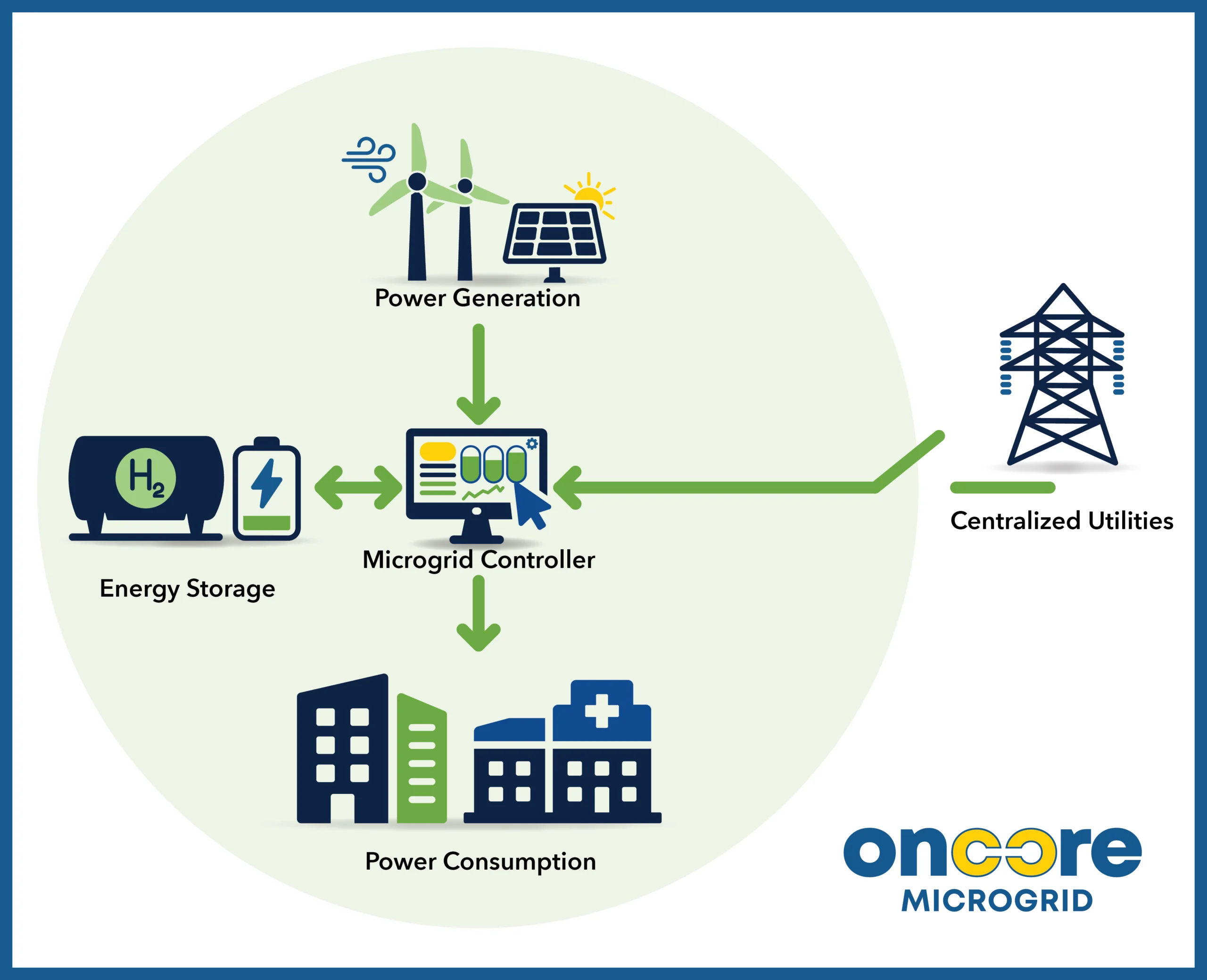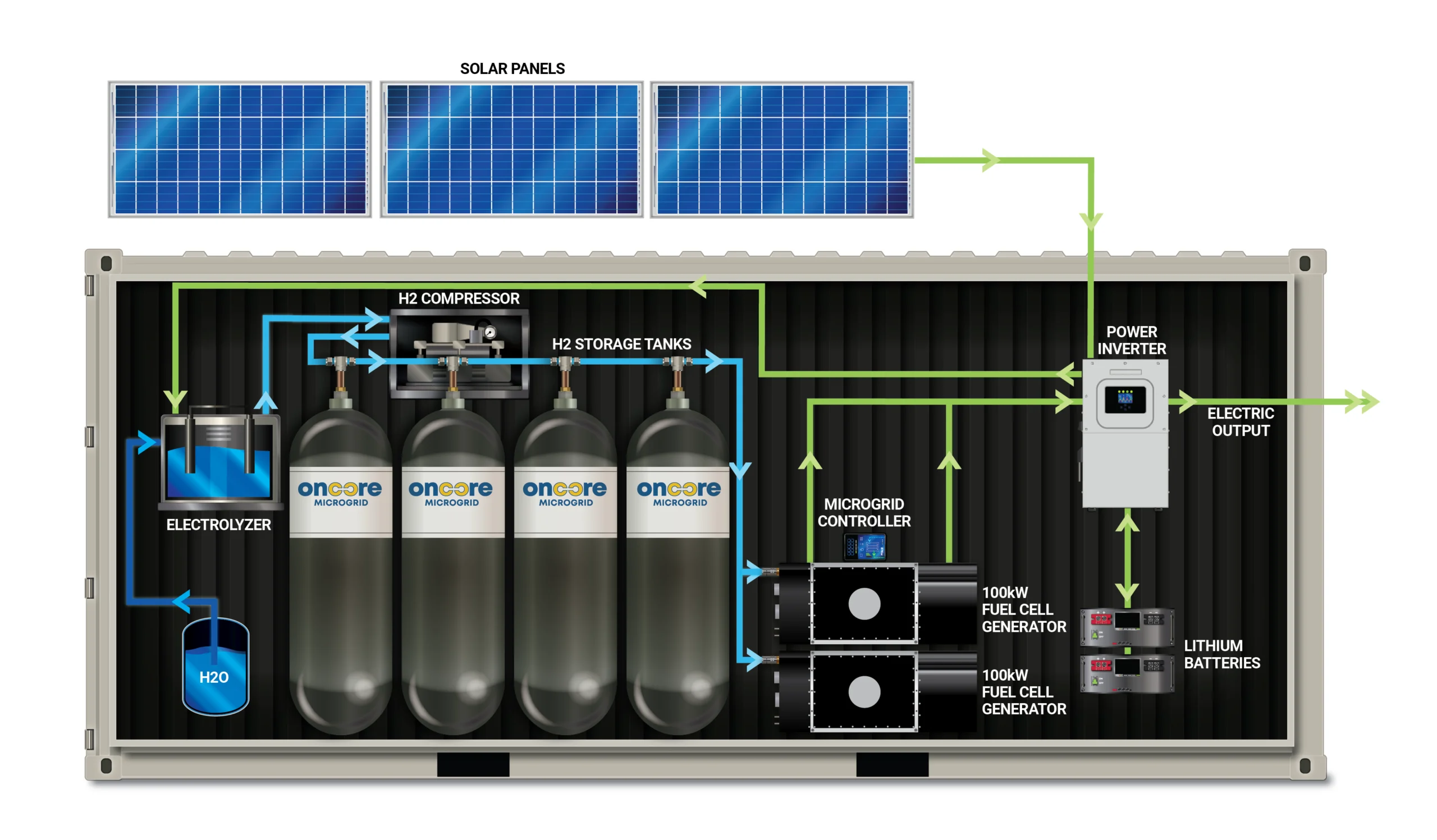The future starts today.
Oncore Microgrid Power Generator
Oncore Microgrid builds custom solutions to meet the end-use case. Detailed engineering analysis is performed to right-size each of the major components:
- Solar Array: detailed production forecasts and array recommendations for the target location
- Fuel Cells: scale from 100 kW to 1 MW
- Battery and Hydrogen Storage: sized for backup duration (hours or days)
- Optional Electrolysis or Reformer: sized to refill the hydrogen tanks at a slow, moderate, or maximum rate
This flexibility allows us to design the optimal, right-sized solution for your requirements without over-engineering or unnecessary expense when it's not required.
Benefits
Unlike a single-use backup generator, a hydrogen microgrid can return value on a daily basis. Use a microgrid to store power when time-of-day rates are low and then run from that locally stored power when rates are excessive. Excess solar that would otherwise be lost can be bottled as hydrogen to use later or repurposed with hydrogen-fuel vehicles. Meet Environmental and Social Governance (ESG) goals with green hydrogen storage from renewable energy.
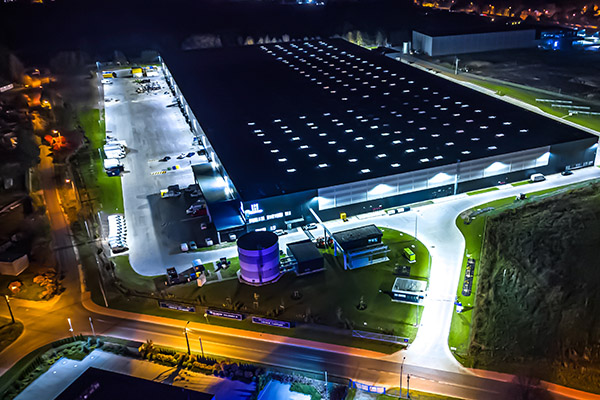
Clean Energy
Replacement for traditional fuel
States like California are banning diesel generators, but industrial users still need uninterrupted power. The Oncore Microgrid system is a 1:1 replacement for diesel and natural gas generators. Instead of burning fossil fuels to produce electricity, Oncore uses bottled hydrogen and fuel cells. This is carbon-free and is acceptable for use in restrictive states. Any application where a diesel or natural gas generator would be used can be replaced by a hydrogen-powered electric generator.

Reduce Costs
Lower energy costs
Year-over-year increases in cost and demand for energy are unrelenting. With a capital investment in hydrogen power today, you can achieve predictable operational costs for the life of the system. Minimal maintenance costs are required for both the hydrogen fuel cells and water electrolyzers used to produce local hydrogen.
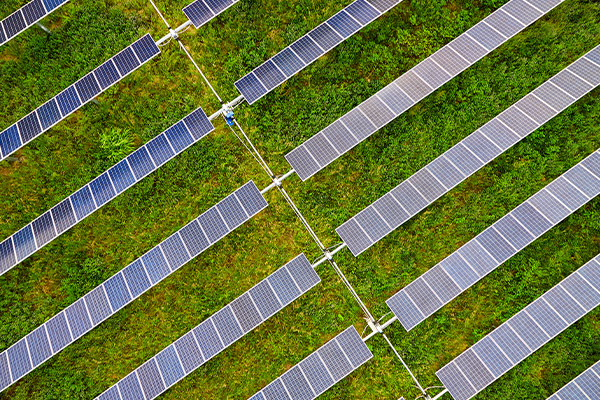
Capture Solar
Capture Wasted Solar Power
Utilities are less interested in buying back solar generation than they have been in the past. This changes the economics of an investment in solar. Now, this solar energy must either be used immediately, stored, or lost altogether.
Oncore Microgrid is a storage solution that converts unused energy from solar and wind power into storable hydrogen fuel. An electrolyzer converts electricity and water into hydrogen, and then a compressor bottles this hydrogen gas for efficient storage.
The stored hydrogen can be used in several ways: stored in tanks to generate electricity with fuel cells, repurposed for powering vehicles, or sold as a commodity. This system is both self-sustaining and a way to make solar more financially feasible at scale. Some argue the cost is near $0/kg because the hydrogen was generated with solar power that would otherwise have gone unused.
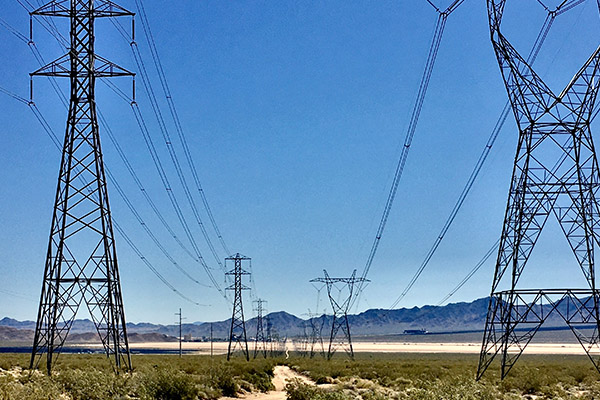
Resilient to Utility Blackouts
Bottle the sun
Hydrogen microgrids make utility blackouts a thing of the past. A microgrid uses local sources of power production and energy storage. The system is on constant standby and ready to power the load in a utility outage. Oncore Microgrid helps your operation keep production up, your lights on, and your business in motion. The system automatically detects outages and toggles to hydrogen fuel cell power within milliseconds, without any disruption to power.
Microgrid System Statistics by Power Level
One key problem with hydrogen microgrid solutions up until this point has been the level of power needed. Industrial needs are often greater than 100kW, which is much larger than our initial hydrogen power ecosystem (called Oncore Energy). This is why our team developed the scaled, industrial-sized solution. Our power solutions range from 100kW to over a megawatt in power capability.
| 1 MW | 800 kW | 600 kW | 400 kW | 200 kW | 100 kW | |
|---|---|---|---|---|---|---|
| Fuel Cells (kW): | 1000 | 800 | 600 | 400 | 200 | 100 |
| Inverters (Count): | 20 | 16 | 12 | 8 | 4 | 2 |
| Electrolyzer (kg/Day): | 750 | 600 | 450 | 300 | 150 | 75 |
| Tanks (kg): | 1000 | 800 | 600 | 400 | 200 | 100 |
| Auto-Transfer: | msecs | msecs | msecs | msecs | msecs | msecs |
| Backup at 66% Load: | 24 h | 24 h | 24 h | 24 h | 24 h | 24 h |
| Refill H2: | 32 h | 32 h | 32 h | 32 h | 32 h | 32 h |
| Live Telemetry & Diag: | ||||||
| Use Cases: | ||||||
| - Backup Power | ||||||
| - Energy Arbitrage | ||||||
| - Curtailed Solar | ||||||
| - ESG |
Financing an Industrial Microgrid
Since Oncore Microgrid uses hydrogen, there are incentives available to cover 30%-80% of system costs in the form of rebates, tax credits, and grant programs. Depending on your situation, you may qualify for incentives to help make the capital expense of a microgrid well within reach.
Our nation is vested
The U.S. is vested in a National Clean Hydrogen Strategy and Roadmap, including $8 billion for Regional Clean Hydrogen Hubs.
Incentives abound
Significant federal and state tax benefits or rebates are available. Some use cases qualify for 80% or more of cost reimbursement.
Benefits are local
Federal and state support is wonderful, but it's local employees, families, and communities that reap the benefits of clean, quiet, resilient, renewable energy - all delivered from the hydrogen microgrid.


